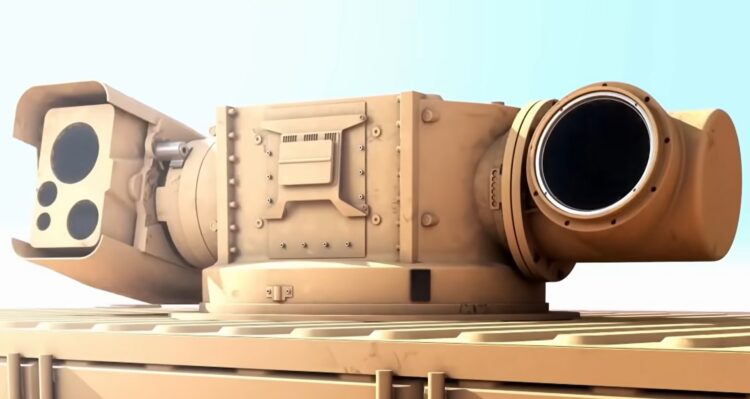Understanding the Need for Advanced Countermeasures
The proliferation of drones represents a significant challenge to both civilian and military sectors around the world. As these technologies become more accessible, their potential to carry out spying activities or even deliver dangerous payloads has increased substantially. To address these challenges, advanced countermeasures are necessary, and the Apollo Laser Weapon system is at the forefront of these developments.
What is the Apollo Laser Weapon System?
The Apollo Laser Weapon is an innovative system designed to neutralize threats from drones quickly and efficiently. This high-energy laser technology offers a new dimension in defense strategies, promising to provide a robust line of defense against drone intrusions.
Key Features
The Apollo system isn’t just about raw power; it’s about precision and adaptability. Here are some of the key features that make this system stand out:
- Precision Targeting: The Apollo system uses advanced optics and sensors to accurately identify and target drones, ensuring minimal collateral damage.
- Scalability: Capable of being integrated into various platforms, including naval ships, ground vehicles, and fixed installations, the Apollo system scales to different operational needs.
- Rapid Response: The laser can be fired at the speed of light, giving defense teams an immediate solution to potential threats.
- Cost-Effective Operations: While traditional missile-based defenses incur significant costs per use, laser systems like Apollo have a far lower per-shot cost, making them economical for continuous use.
Technological Foundation
At the heart of the Apollo Laser Weapon lies advanced photonic technology, which harnesses light particles to project a concentrated beam capable of disabling or destroying targets mid-flight. This non-kinetic method of interception is a game-changer for defense systems targeting small, agile, and often elusive aerial threats.
Specifications
| Feature | Detail |
|---|---|
| Laser Power | 100+ kW |
| Effective Range | Up to 10 km |
| Platform Compatibility | Naval, Ground, Airborne |
| Target Tracking | Advanced Optical Sensors |
| Operational Cost | Low per Engagement |
Integration into Modern Defense Strategies
The deployment of the Apollo system reflects a shift in how modern defense ecosystems are structured. Rather than relying solely on reactive measures, systems like Apollo provide proactive detection and elimination capabilities. This allows for more flexible strategies that can adapt to rapidly evolving, asymmetric threats.
Military and Civil Applications
While primarily designed for military use, the potential applications for the Apollo system in civilian markets are significant. Protecting airports, sporting venues, and critical infrastructure from drones that might be engaging in unauthorized surveillance or carrying hazardous loads is crucial in today’s security landscape.
Challenges and Considerations
Despite its promise, implementing laser systems like Apollo isn’t without its challenges. Weather conditions such as fog, rain, or dust can impede performance to an extent, requiring additional auxiliary systems to maximize effectiveness. Furthermore, the ethical considerations of deploying potentially lethal autonomous systems must be navigated carefully to ensure compliance with international law and promote responsible use.
The Future of Defensive Laser Weapon Systems
The development and integration of the Apollo Laser Weapon represent just the beginning of a broader trend towards sophisticated, energy-based defense systems. As technologies advance, we can expect even greater improvements in efficiency, effectiveness, and operational applications, potentially changing the nature of defense as we know it.
With these systems increasingly forming a core part of national defense arsenals, continued research and development will be crucial in harnessing their full potential and ensuring they can effectively meet the diverse challenges presented by the modern world.







